Introduction
When it comes to home security, door locks play a big role, and one of the commonly used types is a sash lock. Sometimes known as a mortice sash lock, this device has a deadbolt and latch combined in one case and is installed inside the door rather than on the surface.
In this blog post, we're going to break down everything you need to know about sash locks. We'll start with the basics, explain what a sash lock is, and then describe the different parts that make up a sash lock. We'll also look at the various types of sash locks, how they work, and when and where to use them. Finally, we'll talk about some important safety and security considerations with sash locks.

The Basics of Sash Locks
In its essence, a sash lock, sometimes referred to as a mortice lock, is a kind of lock that is fitted into the edge of a door, offering two distinct functions. It consists of a latch, or a catch, that holds the door shut when pushed closed. This latch is disengaged when the door handle is pushed down, thereby allowing the door to open. The second component of the sash lock is the deadbolt, which is operated by either a key or a thumb turn. Once this deadbolt is engaged into its corresponding keeper, it provides a certain level of security or privacy, depending on the type of sash lock used.
As part of their design, sash locks are intended to work with a pair of door handles. While these locks do incorporate a spring mechanism, it's still advisable to use them in combination with sprung handles to ensure smooth and reliable operation.
Sash locks can be categorized into three main types, each suiting different needs and uses. The simplest of these is the bathroom lock. In this type, the deadbolt is operated by a thumb turn, and its primary purpose is to provide privacy rather than security.
Moving up the security scale, we have the 3-lever and 5-lever sash locks. The 3-lever lock, commonly used for internal doors, offers a moderate level of security that is adequate for most indoor applications. On the other hand, the 5-lever lock is used for external doors, offering a higher level of security. Many insurance providers require the use of 5-lever locks because of their superior protection.
Understanding these basics about sash locks is a vital first step whether you're looking to install new locks or replace existing ones.
Different Parts of a Sash Lock
While the primary mechanism of a sash lock is cleverly hidden within the door's edge, there are still several visible components that are crucial to its operation. Let's delve into these in detail to get a better understanding of the different parts of a sash lock.
Firstly, on the door side, you'll see the 'forend.' This component is a cover plate that overlays both the deadbolt and the latch. It acts as a smooth surface for these parts to slide over when they extend out of the lock case. Forends are often available in different finishes to match your door handles or other hardware.

Next, on the door frame side, you'll find the 'striker' or strike plate. This piece acts as a receptacle for the deadbolt and latch when the door is closed and locked, ensuring a secure fit. Like forends, strikers also come in different finishes to complement your door handles.
It's also worth noting that on most sash locks, the latch can be reversed, allowing the lock to be used on both left-hand and right-hand opening doors.
Upon removing the sash lock, you'll notice a square hole at the top of the lock case. This is the follower, designed to accommodate the spindle (or mortice bar) that connects the two handles, facilitating their synchronized operation.
Adjacent to the follower, you will find two horizontal holes. These are the 'bolt-through' holes, designed specifically for 'lever-on-rose' handles and door knobs. Since mortising a lock into a door leaves minimal timber for securing hardware, these holes allow a bolt to pass through the door, effectively clamping the two handles together. For added strength, short screws are also recommended.
With 3-lever, 5-lever, and bathroom locks, the standard distance from the follower to the keyhole or thumb turn slot is 57mm. This is often referred to as the 'Centres'. The distance from the edge of the door to these openings is called the 'back-set,' which determines how far in from the door edge your handle sits.
In addition to these common sash locks, there are also euro cylinder sash locks. These locks offer the same back-set options but have different 'Centres'. They also include a second set of bolt-through holes, designed for use with a euro cylinder escutcheon, a protective plate around the lock cylinder.
Having examined the different parts of a sash lock, you should now have a clearer picture of how these locks are constructed and how they operate. Up next, we'll be discussing the different types of sash locks in more detail.
Types of Sash Lock
Building upon our understanding of the fundamental parts of a sash lock, let's now explore the different types of sash locks available. Depending on the level of security needed, the location of the door, and personal preferences, you can choose from four basic types of sash locks: 3 Lever, 5 Lever, Bathroom, and Euro Cylinder Sash Locks.
1. 3 Lever Sash Locks: Designed primarily for internal use, these locks are intended for areas where high security isn't a critical factor. They are perfect for rooms like closets or internal office doors. Remember, 3 Lever locks should never be used on exterior doors, as their security level isn't sufficient for protecting your home from external threats and using them could very likely be against the terms of your insurance policy.
2. 5 Lever Sash Locks: If you need a lock for an exterior door, then 5 Lever sash locks are the way to go. These locks provide a higher level of security compared to 3 Lever locks, making them ideal for front doors or any door that leads to the outside. In fact, most insurance providers consider 5 Lever sash locks a minimum requirement for exterior doors.

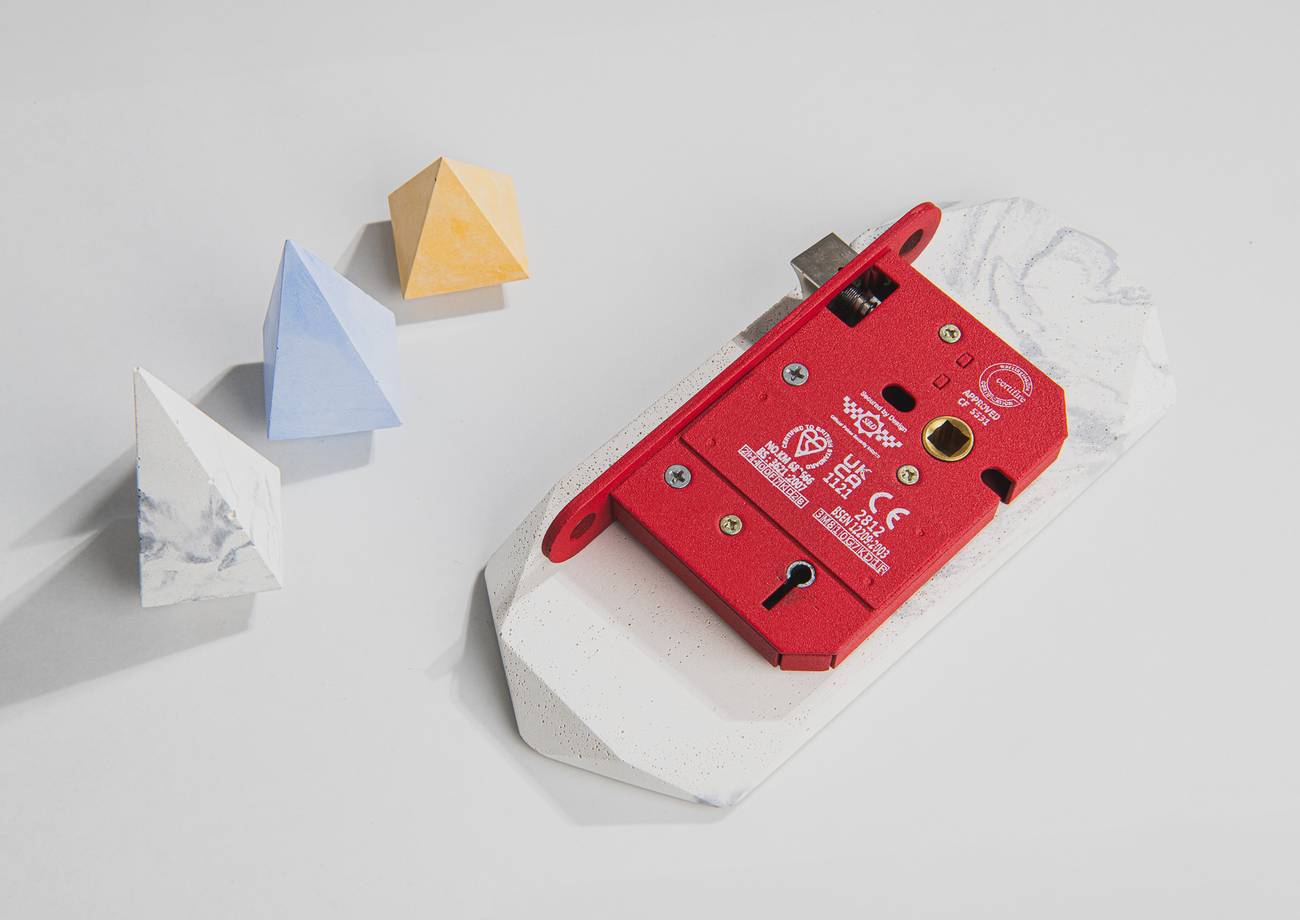
3. Bathroom Sash Locks: At first glance, these locks appear quite similar to the 3 Lever sash locks. However, instead of a keyhole, they feature a small 5mm mortice opening to accommodate a turn and release mechanism. As the name suggests, these locks are primarily used for bathrooms or other areas where privacy is the key concern rather than high security.
4. Euro Cylinder Sash Locks: These locks are designed to work with a separate euro cylinder. The key advantage of Euro Cylinder Sash Locks is the ability to change the locking cylinder without needing to replace the entire lock if keys are lost or a change of security is required. They offer the same back-set options and colour choices for both forends and strikers as other sash locks.
Now that we've covered the various types of sash locks, you should have a better idea of which lock suits your needs depending on the door's location and the level of security you require. In the next section, we'll discuss how these locks work.
How Does a Sash Lock Work
In understanding the diverse world of sash locks, it's crucial to comprehend how they work. A sash lock, as we've previously discussed, is a type of mortice lock, named so due to its installation method of being morticed, or recessed, into the edge of a door. This mechanism employs a latch and deadlock system to secure a door.
Here's a simple explanation of how a sash lock works:
The latch, also known as the catch, is a spring-loaded component that projects from the lock case and engages with the strike plate on the door frame. It operates via lever handles or a doorknob. When the handle is depressed or the knob is turned, the latch retracts, allowing the door to be opened. Upon releasing the handle or knob, the spring forces the latch to extend, catching onto the strike plate and keeping the door closed.

The second element of a sash lock is the deadlock. When engaged, the deadbolt protracts into the striker preventing the door from being opened, and thus securing the door more firmly in place. The deadlock is operated by either a key or a thumb turn, depending on the type of lock. When the key is turned or the thumb turn is operated, the deadbolt extends into the strike plate on the door frame, thus locking the door. This deadlock provides both privacy and, more importantly, enhanced security.
In summary, sash locks operate via two primary mechanisms: the latch that allows the door to stay closed and the deadlock that ensures the door stays locked, thus providing a convenient and secure means of catching or locking a door.
Where and When to Use a Sash Lock
Sash locks provide a versatile and practical solution for a range of door security needs, suitable for various contexts depending on the level of security or privacy required. Whether you need a simple latch to keep a door closed, a lock for privacy, or a robust locking system for added security, there's a type of sash lock that fits the bill.
3 Lever Sash Locks: These are great for internal doors where security is less of a concern. They provide a simple and effective way to keep doors closed and are often used in spaces like bedrooms, closets, or home offices.
5 Lever Sash Locks: For doors leading to the outside or where high security is required, 5 Lever Sash Locks are ideal. They offer robust protection and are often used on front doors, back doors, and other entry points to a building.

Bathroom Sash Locks: These are designed specifically for areas where privacy is paramount, such as bathrooms or dressing rooms. In these locks, the deadbolt is activated by a thumb turn and release system, offering convenient privacy.
Euro Cylinder Sash Locks: If you prefer the flexibility to change the locking cylinder without replacing the entire lock, then Euro Cylinder Sash Locks are a good choice. They work in conjunction with separate euro cylinder locks and are suitable for various doors, both internal and external.
While sash locks are a common and versatile choice, they may not always be the most appropriate for every situation. For instance, period properties might call for more traditional hardware. A Suffolk latch could add the right touch of authenticity to a Tudor-style door, while a surface-mounted rim lock would match perfectly with Victorian or Georgian period doors.
Remember, when choosing the type of lock, consider both the practical requirements and the aesthetic of the door. It's not only about security but also about complementing the door's design and the overall look of your property.
In the next section of this blog post, we'll delve into the safety and security considerations you need to keep in mind when selecting and installing sash locks.
Safety and Security Considerations
When discussing sash locks, it's paramount to consider the safety and security implications. Understanding the different levels of security each type provides and aligning it with your needs is crucial for ensuring your property is adequately protected.
3 Lever Sash Locks: These locks provide a basic level of security and are suitable for internal doors only. Given their relatively lower security level, they should never be used for external doors. Many insurance providers may not accept this level of security for external doors, insisting instead on certificated 5 lever locking systems as a minimum requirement.
5 Lever Sash Locks: These locks are typically used for external doors, offering a much higher degree of security than their 3 lever counterparts. The 5 lever mechanism is harder to pick or bypass, making it a secure option for doors leading to the outside of your property.
Bathroom Sash Locks: Although they provide a low level of security, bathroom locks are essential for ensuring privacy. They are usually fitted on bedroom and bathroom doors and operate using a turn and release system. In an emergency, the release function allows the door to be unlocked from the outside, providing a crucial safety feature.
Euro Cylinder Sash Locks: These locks combine the convenience of a sash lock with the added security of a euro cylinder. Euro cylinders can offer a higher level of security and functionality, with options like 'key to turn' cylinders. This feature allows the door to be unlocked from the inside using a thumb turn, but a key is required for entry from outside. This is particularly useful in case of an emergency like a fire, as it enables a quick and keyless exit from the building.
Safety and security are paramount when selecting a door lock. Therefore, it's crucial to balance your security needs with the functionality of the lock, ensuring it aligns with the specific requirements of each door.
In the final section of this blog, we'll draw our discussions to a close with some concluding thoughts on sash locks.
Conclusion
In conclusion, the role of a sash lock in both home and commercial security is undeniable. As we've explored throughout this blog post, sash locks are versatile, secure, and integral to the efficient function of various types of doors. They offer not only the primary function of security, but also add to the ease of use and aesthetics of your doors.
From internal doors requiring a basic 3 lever sash lock, to external doors needing the more robust 5 lever lock or the versatile Euro Cylinder sash lock, there's a solution to fit almost every scenario. Not forgetting bathroom sash locks, designed for privacy rather than high-level security.
Safety and security considerations are pivotal in choosing the right type of sash lock, with your insurance provider's requirements and your personal needs guiding the decision. In addition, considering the specific features of each lock type, such as 'key to turn' functionality in Euro Cylinder locks, can provide added convenience and safety in certain circumstances.
However, while understanding these locks is essential, professional installation is just as crucial. Ensuring the lock is correctly fitted will optimise its function and security level.
Ultimately, the right sash lock can provide you with peace of mind, knowing your home or property is secure. Whether for privacy or high-level security, there's a sash lock out there for every door and every situation.
Thank you for joining us on this deep dive into the world of sash locks. We hope this guide has been informative and helpful in understanding and selecting the right sash locks for your needs.

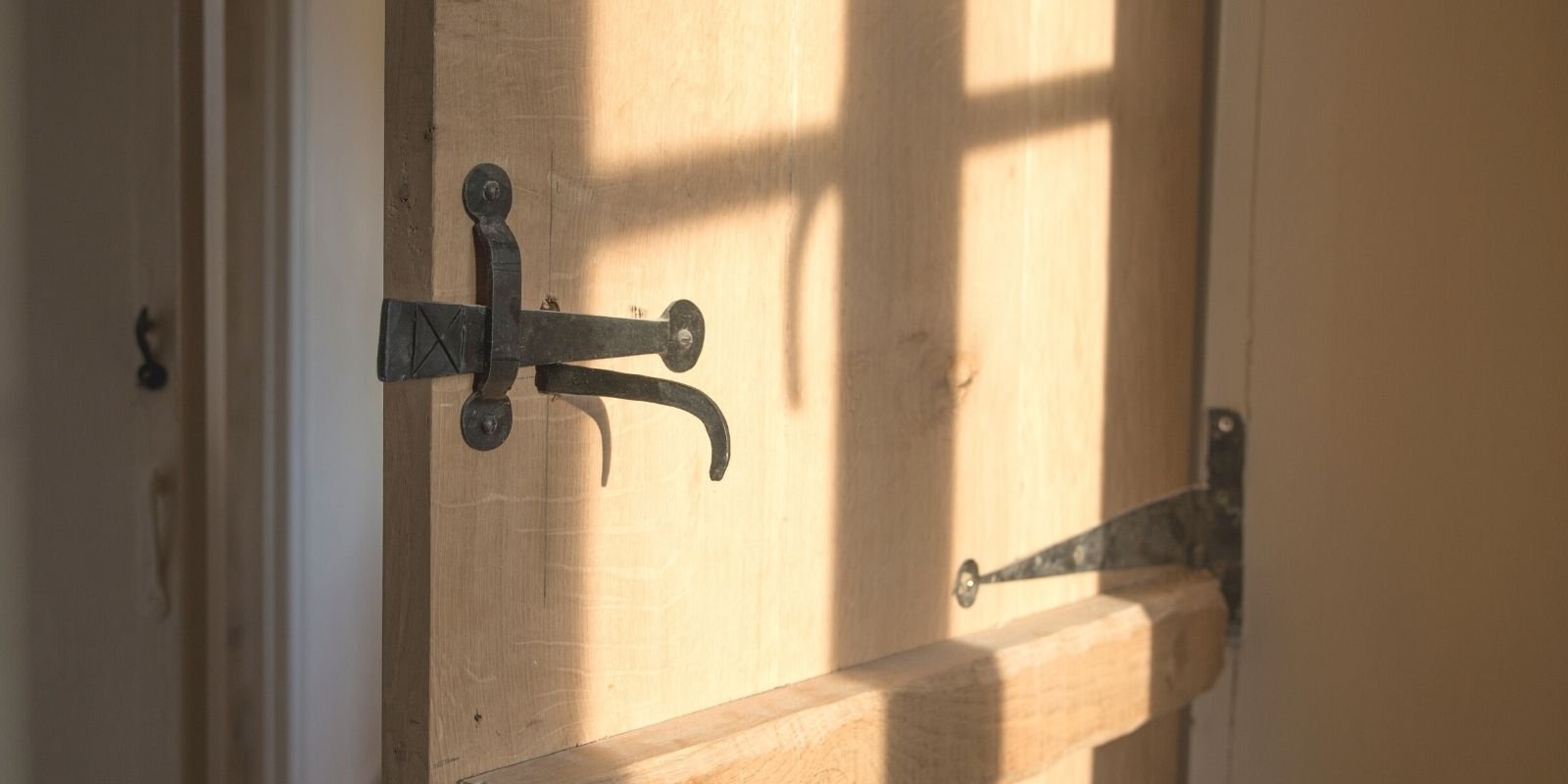
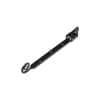

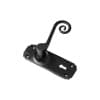


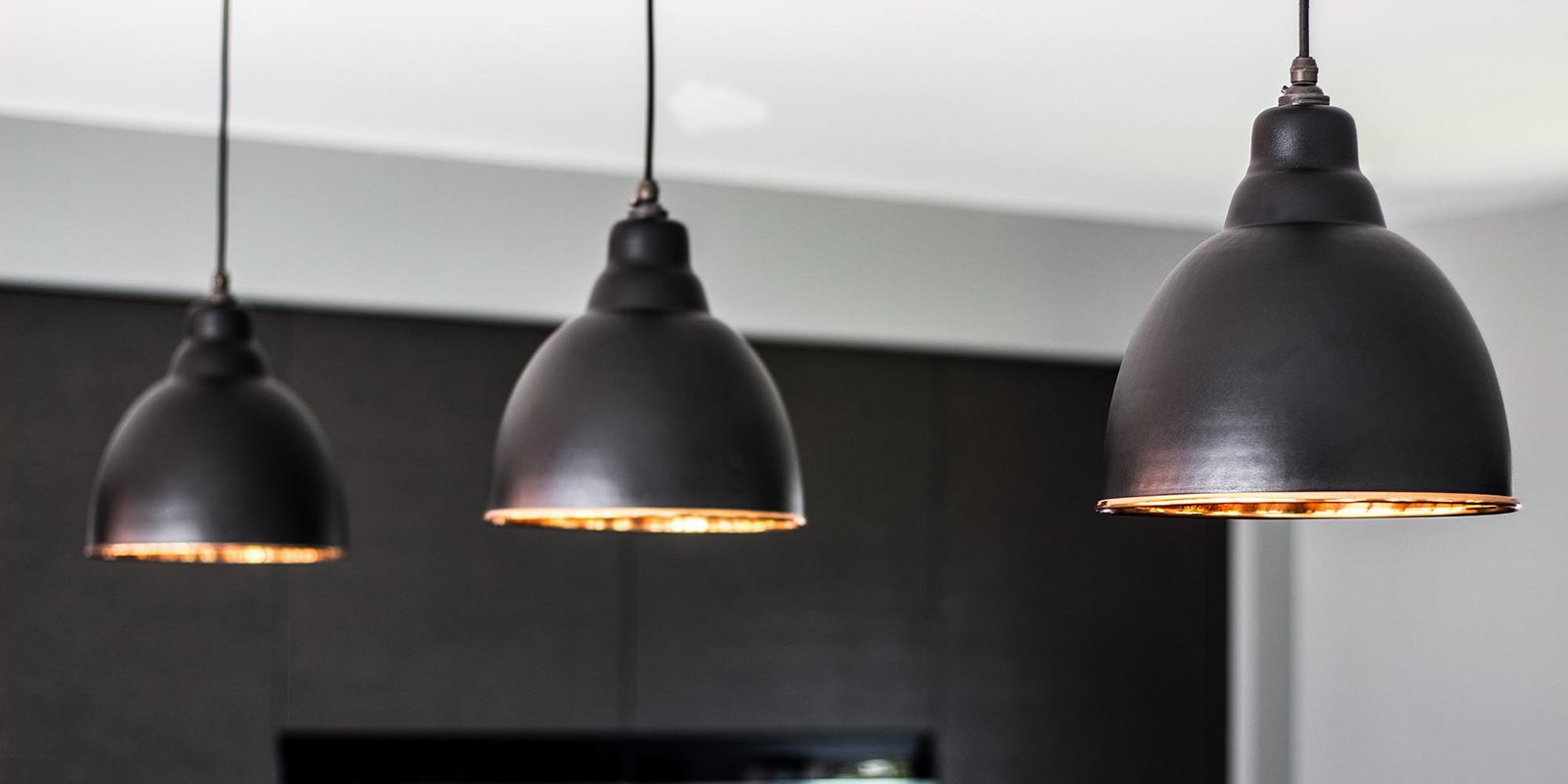
.png?v=1689934979339&options=c_fill,w_2260,h_1280)
.png?v=1689934988867&options=c_fill,w_750,h_700)



